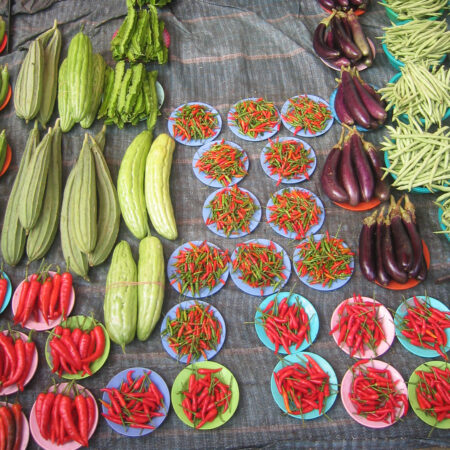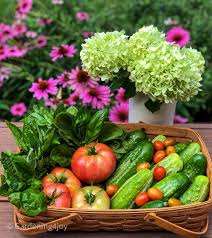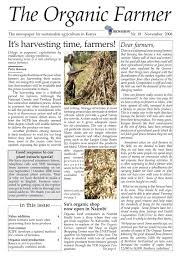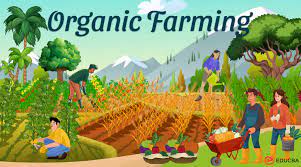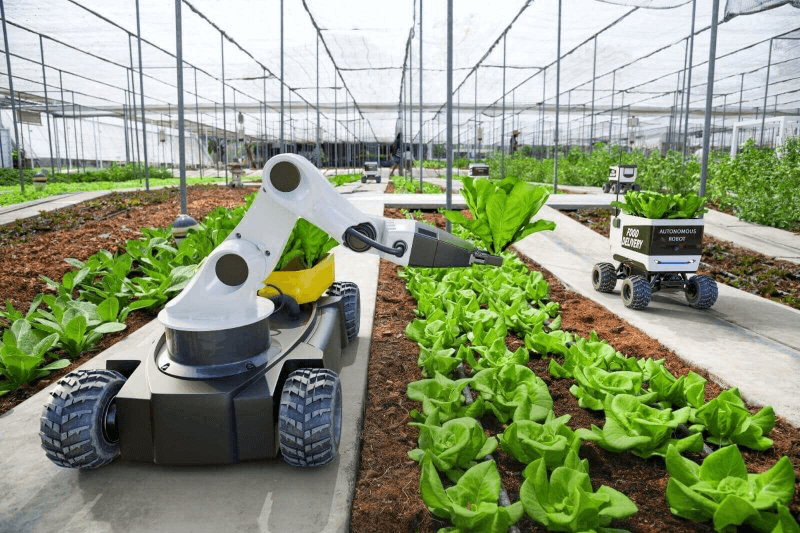
Agriculture is undergoing a transformative revolution driven by technological advancements, changing consumer preferences, environmental concerns, and global challenges. In this blog post, we will delve into the top 15 trends in agriculture that are shaping the future of farming and food production.
Precision Agriculture: Utilizing technologies like GPS, drones, and sensors to optimize crop management, precision agriculture enhances productivity by providing data-driven insights for precise planting, irrigation, and fertilization.
Vertical Farming: With space constraints and a growing population, vertical farming employs stacked layers of crops in controlled environments, conserving space, water, and resources while increasing yields.
Smart Farming: Integrating IoT devices, AI, and data analytics, smart farming enables real-time monitoring, decision-making, and automation, improving efficiency and reducing waste.
Robotics and Automation: Robotic systems are being used for tasks such as planting, harvesting, and sorting crops, reducing labor costs and increasing accuracy.
Regenerative Agriculture: Focusing on soil health, regenerative practices promote biodiversity, cover cropping, and reduced chemical usage, resulting in more resilient ecosystems and higher-quality produce.
Biotechnology and Genetic Engineering: Advancements in biotechnology are enabling the development of genetically modified crops with improved yield, resistance to pests, and tolerance to adverse conditions.
Urban Farming: Bringing agriculture closer to consumers, urban farming involves cultivating crops in cities, reducing transportation costs and carbon emissions.
Data-Driven Decision Making: The collection and analysis of data from sensors, satellites, and drones empower farmers to make informed choices about planting, irrigation, and pest control.
Sustainable Packaging: Consumers’ demand for eco-friendly products is driving the adoption of sustainable packaging solutions, reducing plastic waste in the food supply chain.
Blockchain Traceability: Blockchain technology ensures transparency and traceability of food products, allowing consumers to verify the origin, quality, and safety of what they consume.
Hydroponics and Aquaponics: These soil-less cultivation methods conserve water and space while producing a variety of crops and fish in a symbiotic ecosystem.
Climate-Resilient Crops: Crop breeding efforts are focused on developing varieties that can withstand changing climatic conditions, ensuring food security in the face of extreme weather events.
Alternative Protein Sources: The rise of plant-based and lab-grown proteins addresses sustainability concerns and diversifies protein sources beyond traditional livestock.
AI-Powered Pest Management: Artificial intelligence aids in early pest detection, allowing for timely interventions and reducing the need for chemical pesticides.
Carbon Farming: Farmers are exploring techniques to sequester carbon in the soil, contributing to climate change mitigation and offering potential financial incentives.
Conclusion:
The agricultural landscape is evolving rapidly, driven by innovation and a growing awareness of the need for sustainable and efficient food production. These 15 trends showcase the remarkable progress being made in the agricultural sector, promising a future where farming is not only more productive but also environmentally responsible and economically viable. As these trends continue to unfold, they hold the potential to address global challenges and shape the way we produce and consume food in the years to come.



